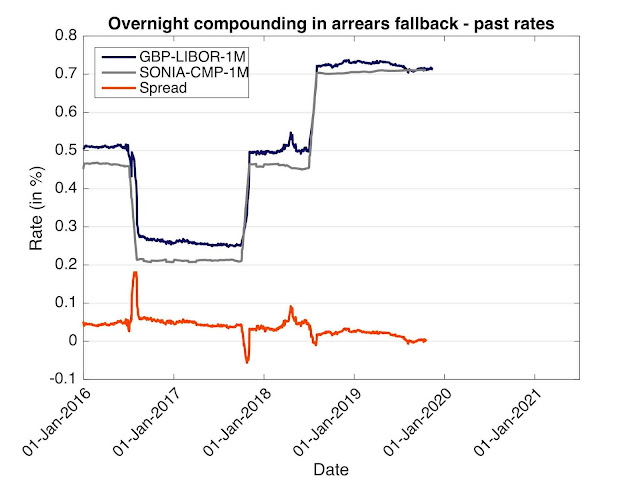Fair LIBOR transition: How low is the regulators' bar?
IBOR transitions (mainly LIBOR transition for the moment) is a huge undertaking for the derivative markets. It implicates many market participants, from large dealer/broker to small end users. Everybody want the transition to be perceived as " fair ". Reading trough the regulator published notes, FAQ and letters, I notice that I don't have the same definition of " fair " than some regulators. This leads to my question in the title: How low is the regulators' bar? To illustrate my point, I will take two examples, one from the FCA and one from the CFTC . The italic texts below are extracts from the regulators and ISDA documents, the regular text are my comments. FCA The FCA published a " Questions and answers for firms about conduct risk during LIBOR transition ". Treating customers fairly when replacing LIBOR LIBOR discontinuation should not be used to move customers with continuing contracts to replacement rates that are ...


